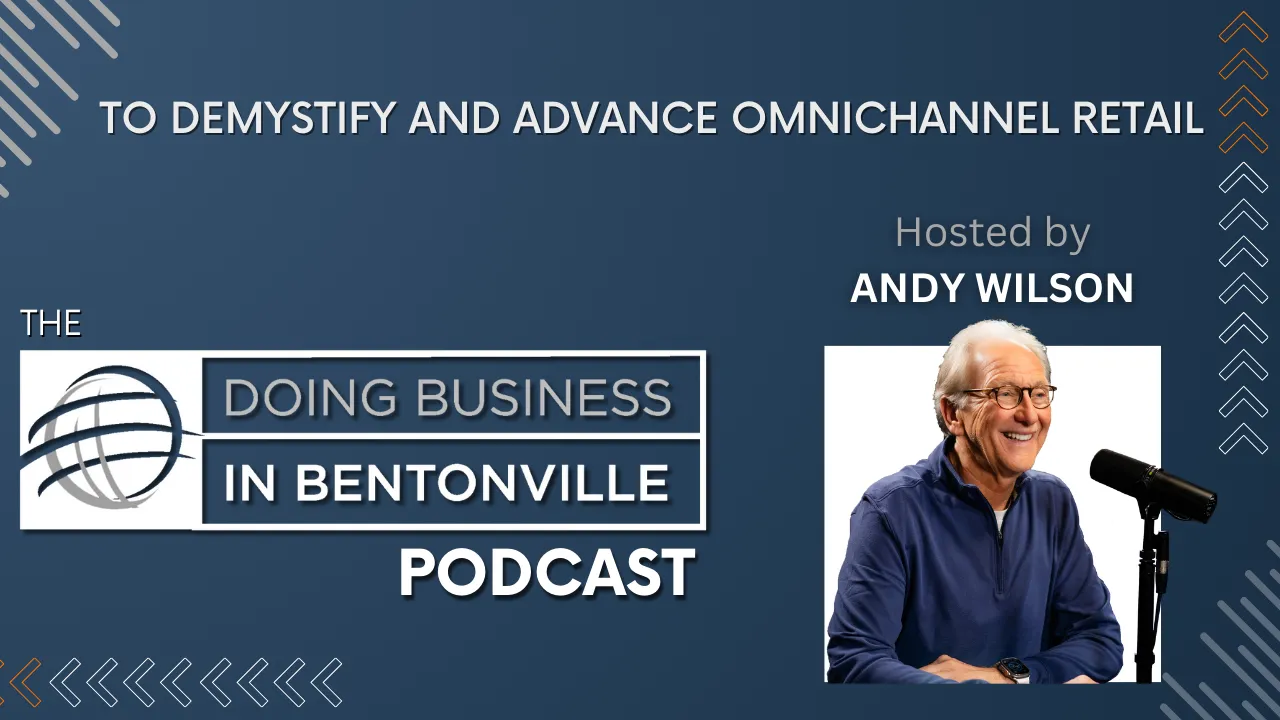Sam Walton, the founder of Walmart, believed that communication, speed, and culture were competitive advantages in business—and he institutionalized these beliefs in one of the most influential corporate rituals in modern American retail: the Saturday Morning Meeting.
Launched in 1962 in Bentonville, Arkansas, the meetings quickly evolved from operational huddles into a cultural institution that propelled Walmart from a regional discount chain into the world’s largest retailer.
Walton’s core idea was simple but revolutionary: while competitors rested on weekends, Walmart would meet to review performance, share insights, and deploy strategies—so that by Monday morning, execution was already underway. The meetings reinforced an ethic of hustle, transparency, and accountability that permeated the company for decades.
Today, as companies navigate remote work, virtual meetings, and increasingly fragmented corporate cultures, Walmart’s SMM legacy offers a sharp lens through which to evaluate modern leadership—and a reminder that how companies meet may be as important as why.
How Walmart Turned Meetings Into a Strategic Weapon
At their peak, Walmart’s Saturday Morning Meetings blended serious business with spectacle. Hosted in a large auditorium at headquarters, they featured a mix of operational updates, leadership Q&As, store manager spotlights, and even talent shows or themed parades. This combination kept thousands of store leaders engaged—and often a little nervous.
Executives were expected to come prepared. At any moment, Walton—or later, his successors—might ask a buyer or regional leader to explain a lag in sales or justify a product decision. These impromptu interrogations cultivated a culture of extreme readiness.
“You never wanted to be caught flat-footed,” recalls former executive Dallas Dobbs, one of four Walmart veterans who recently discussed the meetings’ legacy in a podcast hosted by Andy Wilson. Alongside Dobbs, Arthur Emmanuel (38 years with Walmart) and John Reeves (22 years) described the meetings as a “time machine” into the soul of the company.
But they weren’t just internal bonding events. The meetings enabled Walmart to roll out major directives faster than any competitor. Managers would return to stores over the weekend with new directives—on signage, merchandising, or pricing—that were already in place before most rivals had their first Monday call.
The SMMs also helped cement Walmart’s customer-first identity. Associates were celebrated publicly. Ideas flowed upward. And Sam Walton’s repeated emphasis that “our best ideas come from clerks and stock boys” helped flatten traditional hierarchies.
The Broader Business Impact: Culture, Speed, and Scalability
Walmart’s Saturday Morning Meetings inspired many corporate leaders to rethink internal communication.
Companies across industries—from Target and Home Depot to airlines and hospitality chains—adopted regular all-hands meetings to improve strategic alignment. But few could replicate the energy, frequency, or effectiveness of Walton’s original design.
What set SMMs apart wasn’t just the cadence—it was the culture. Meetings weren’t optional. They were the heartbeat of the business. A 2021 Forbes analysis noted that the SMMs proved “culture can scale,” even inside a company of hundreds of thousands.
Another key legacy: responsiveness. By tying real-time performance reviews to executive accountability, Walmart was able to make faster, smarter decisions than its competitors. This agility—once seen as a startup trait—was institutionalized at scale.
These principles have filtered into leadership playbooks across sectors: creating structured feedback loops, empowering frontline workers, and prioritizing speed over perfection in execution.
Virtual Meetings and the Future of Corporate Rituals
As the corporate world shifted online during the COVID-19 pandemic, many companies tried to maintain cohesion through virtual town halls, Zoom standups, and Slack channels.
Walmart, too, adapted—moving its monthly meetings online and integrating extended reality (xR) tools to simulate the engagement of in-person events.
But while video calls and chat apps offer convenience, they often lack the unpredictability and emotional connection that made SMMs so powerful. There is no virtual equivalent to Sam Walton walking over to your table and asking for your department’s numbers. Digital meetings, while scalable, are more prone to passive participation and reduced candor.
Some firms are now reimagining hybrid rituals—combining quarterly in-person gatherings with weekly virtual check-ins. Others are using tools like Miro and Gather to build interactivity into remote sessions. But few have found a way to replicate the immersive, all-in nature of Walmart’s legacy meetings.
Lessons for Leaders Today
The enduring power of Walmart’s Saturday Morning Meetings lies in the blend of speed, visibility, and shared purpose. Even in an era of remote work and AI-powered dashboards, the need for connection, recognition, and alignment remains unchanged.
Today’s leaders can draw three key lessons:
- Make culture visible: Use rituals, storytelling, and recognition to reinforce values.
- Speed matters: Fast execution and quick feedback loops are still competitive edges.
- Engagement beats efficiency: Meetings are more than updates—they’re opportunities to inspire and align.
As business becomes increasingly digital, Sam Walton’s analog leadership playbook reminds us that how you meet is often how you lead.








